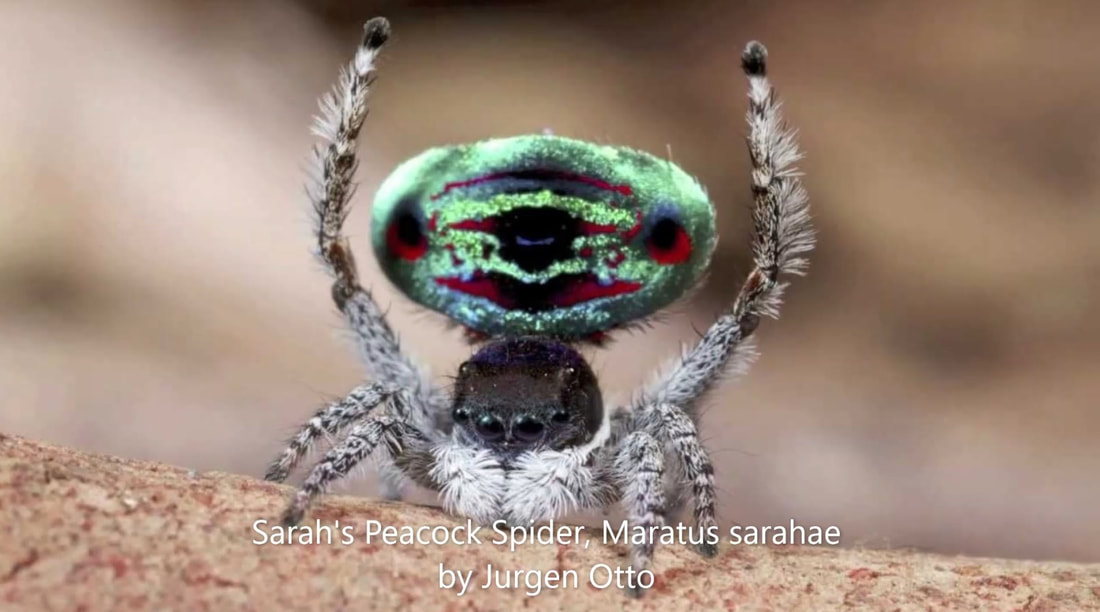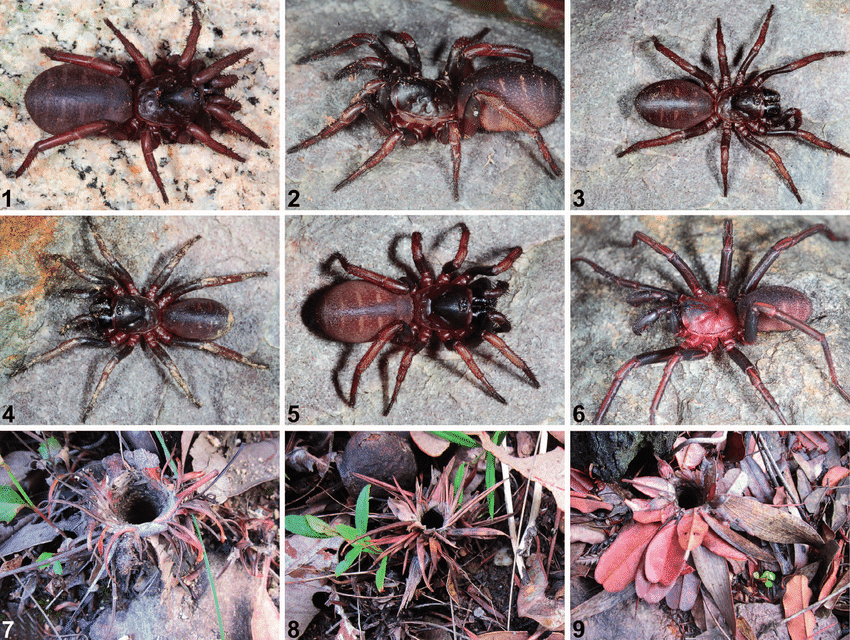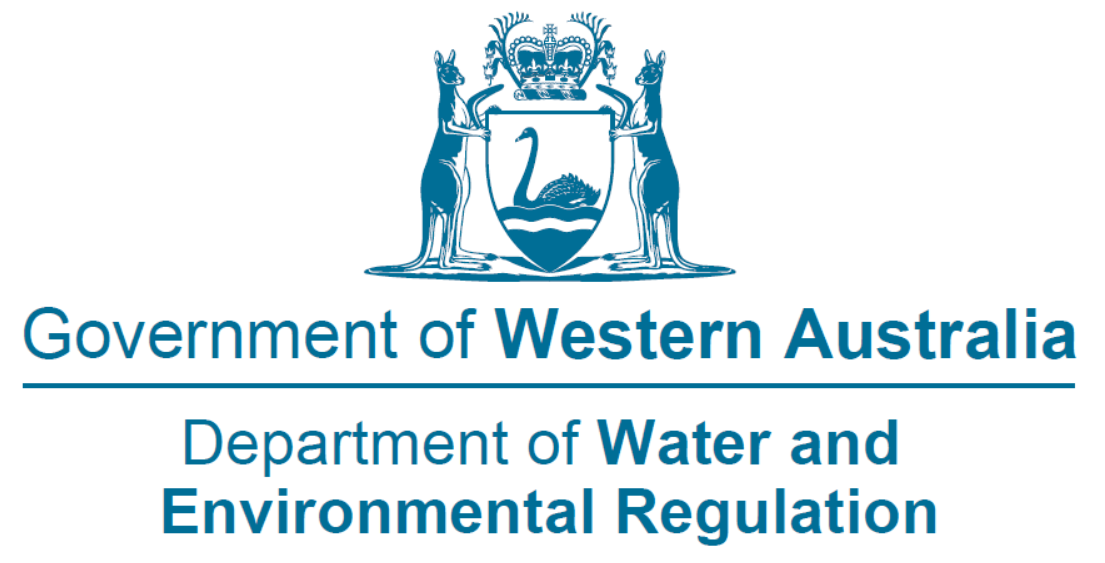Invertebrates, from mollusks to butterflies to earthworms to corals, exhibit vast levels of diversion. Almost 97% of all animal species on earth are estimated to belong to this group. One-third of the known invertebrate species are now threatened with extinction. Water pollution, water projects, and groundwater withdrawal threaten freshwater invertebrates, while deforestation and animal agriculture is also a great factor of invertebrate endangerment or extinction.
Spiders are members of the class Arachnida. Other members include ticks, mites and scorpions. Generally, spiders have eight legs, two-part bodies, fangs, and organs that spin webs. Spiders are essential to our ecosystem as they prey on insects and keep their populations under control. The majority of Australian spiders are new to science with the majority of the southern hemisphere spiders are unknown!
Australia is world renown for its venomous spiders. However, of almost 10 000 species of spiders in 70 families throughout the country, most are harmless to humans and interesting to study. Spiders are members of the class Arachnida. Other members include ticks, mites and scorpions. Generally, spiders have eight legs, two-part bodies, fangs, and organs that spin webs. Spiders are essential to our ecosystem as they prey on insects and keep their populations under control.
Spiders are members of the class Arachnida. Other members include ticks, mites and scorpions. Generally, spiders have eight legs, two-part bodies, fangs, and organs that spin webs. Spiders are essential to our ecosystem as they prey on insects and keep their populations under control. The majority of Australian spiders are new to science with the majority of the southern hemisphere spiders are unknown!
Australia is world renown for its venomous spiders. However, of almost 10 000 species of spiders in 70 families throughout the country, most are harmless to humans and interesting to study. Spiders are members of the class Arachnida. Other members include ticks, mites and scorpions. Generally, spiders have eight legs, two-part bodies, fangs, and organs that spin webs. Spiders are essential to our ecosystem as they prey on insects and keep their populations under control.
|
The Peacock Spider
In which the male dances and shows off his brilliantly-coloured abdomen to the female. The dances include whirring and tapping sounds. Each species has a unique mating performance to ensure the female selects the appropriate species and the best mate. Peacock spiders have become something of a YouTube sensation on the internet—see user Peacockspiderman on YouTube which is hosted by entomologist Jurgen Otto. See more about the Common Peacock Spider The Trapdoor Spider These Mygalomorph are primitive spiders that use their fangs vertically and in parallel rather than pincer-like as in the Araneomorphs. Barbara Main has found that some trapdoor spiders can live for twenty years or more. But there are threats to their survival. One is that they do not survive in disturbed areas. Another is that many species have small distributions. Most trapdoor species it appears that the newly emerged spiderlings only move a short distance from the mother burrow initially and a female may remain in this area her entire life. The males vacate their burrow and search out females at the appropriate species-specific season. See more about the endemic Porongurup Trapdoor Spider |
The Assassin Spider
Which preys on other spiders by sneaking up on them. They are very cryptic: less than 5mm long, and they don’t look like a living creature, let alone a spider. To find them, an experienced arachnologist has to stare for long periods into a tray of leaf litter and look for movement. They were first named from fossils in Baltic amber, before living specimens were found in Madagascar. Now they are also known from Australia and South Africa; recent work has revealed six species occurring in WA. Read more: https://library.dbca.wa.gov.au/static/FullTextFiles/070691.pdf |
|
The Leaf-curling Spider They sits unnoticed inside its curled leaf, with only its feet protruding slightly, testing the web for vibrations. Phryganoporus genus, which constructs a thick silken tube in low shrubs, is related to the Black House Spider (Badumna genus). These spiders do not produce sticky silk. Instead, they tangle the threads with special structures on the last legs and above the spinnerets. |
See Spider in the Stirling Range Landscope article: library.dbca.wa.gov.au/static/Journals/080052/080052-08.032.pdf
Get involved by reporting your spider sighting to inaturalist.org.au and join in events such as the "Enter the Cave: Sixteen legs" exhibition.
We acknowledge the Minang and Koreng people as the traditional custodians of the land on which we work and live. We pay our respects to the Elders, past, present, and emerging and to the wider Noongar community.
Sponsors and Supporters















